What is vesting and how does it affect my account balance?
401(k) vesting refers to the process by which an employee gains ownership of employer contributions (such as matching contributions or profit-sharing contributions) made to their 401(k) retirement account over time. Vesting determines the degree of ownership or control an employee has over these employer-contributed funds.
There are typically two types of vesting schedules:
Cliff Vesting: With cliff vesting, employees become fully vested in their employer contributions after a certain period, often three to five years. Once the cliff period has passed, the employee is entitled to 100% of the employer-contributed funds.
Graded Vesting: Graded vesting allows employees to gradually become vested in employer contributions over time. Typically, a certain percentage of the employer contributions becomes vested each year, until the employee reaches full vesting after a predetermined number of years.
The vesting schedule outlined in your employer's 401(k) plan document will determine how much of the employer-contributed funds you are entitled to keep if you leave your job before reaching full vesting. If you leave your job before becoming fully vested, you may forfeit some or all of the employer-contributed funds that have not yet vested.
Vesting affects the amount of money that's actually in your 401(k) account by determining how much of the employer-contributed funds you own. If you are fully vested, you have complete ownership of both your own contributions and any employer contributions in your 401(k) account. However, if you are not fully vested, only the vested portion of the employer-contributed funds belongs to you, while the non-vested portion may be forfeited if you leave your job before becoming fully vested.
It's essential to understand your employer's vesting schedule and how it affects your 401(k) account, as it can impact your retirement savings and financial planning, particularly if you anticipate changing jobs in the future.
The information contained herein is not intended as financial, legal or tax advice, and may not be suitable as required by specific circumstances. Please consult your financial planner, attorney and/or tax adviser as needed.
Views:
Keywords: vesting, account balance, 401(k) plan


